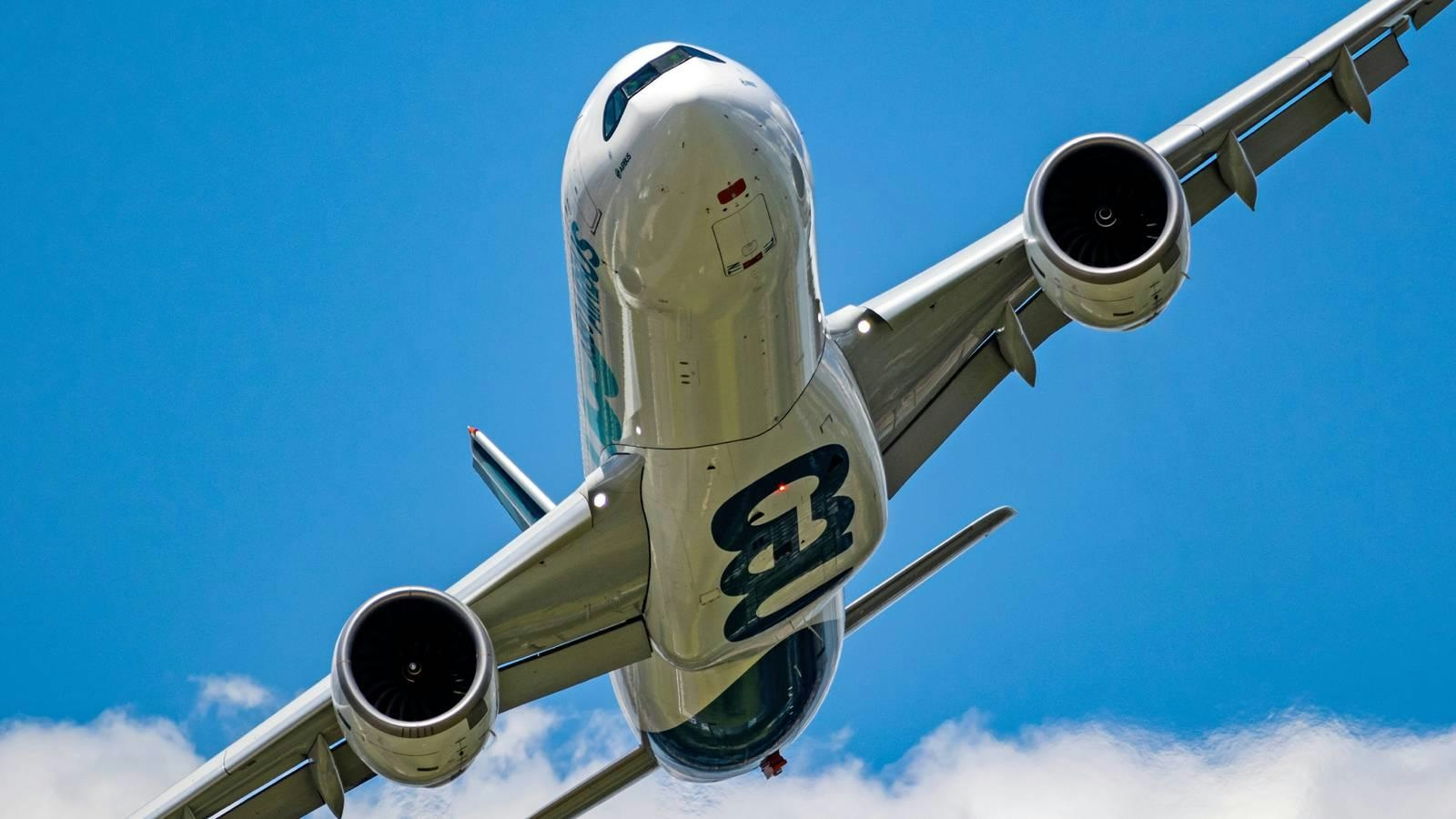
AeroGenie – Ihr intelligenter Copilot.
Trends
Categories
Boeing and Airbus Compete in the 2025 Widebody Aircraft Market
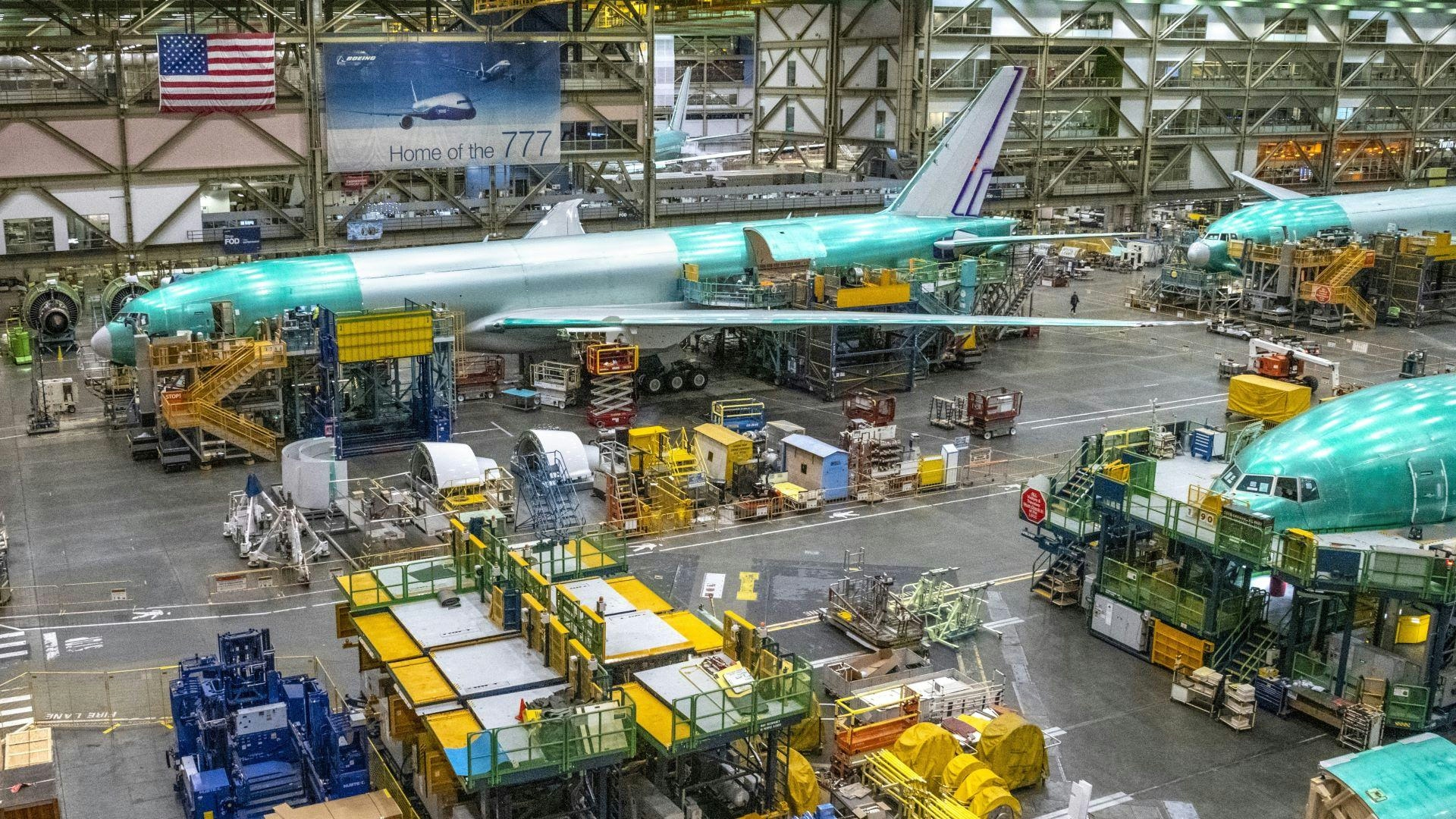
Boeing and Airbus Compete in the 2025 Widebody Aircraft Market
The era of iconic jumbo jets is nearing its end. Boeing’s 747s are being retired rapidly, and the Airbus A380 is following a similar trajectory, with only a few Middle Eastern carriers continuing to operate the double-decker aircraft. Despite this decline, competition between Boeing and Airbus in the widebody segment remains intense. Both manufacturers are concentrating on their latest generation aircraft: Boeing’s 787 Dreamliner and 777X, alongside Airbus’s A330neo and A350 families.
Market Dynamics and Production Trends
The widebody aircraft market in 2025 is shaped by evolving airline preferences and the emergence of new global competitors. Notably, Airbus’s A320 series surpassed Boeing’s 737 as the most frequently delivered commercial jet in October 2025, underscoring airlines’ increasing focus on cost efficiency and Airbus’s adaptable product range. Boeing is responding by accelerating production of its 737 Max and 787 models, targeting monthly outputs of 42 and eight jets respectively by 2026. Airbus, meanwhile, is expanding its A220 production, aiming to deliver 12 aircraft per month in the coming year.
While narrowbody jets dominate order books due to their versatility and efficiency, widebody aircraft remain essential for long-haul and high-capacity routes. The primary comparison in this segment centers on the Airbus A350-1000 and Boeing 787-10. The A350-1000 features a fuselage that is five feet wider and 18 feet longer than the 787-10, enabling seating configurations of up to ten abreast, although most airlines prefer nine-abreast layouts. It also offers a significantly longer range—up to 8,700 nautical miles compared to the 787-10’s 6,330 nautical miles—making it particularly suited for ultra-long-haul flights such as those operated by Singapore Airlines. Conversely, for routes under seven hours, the 787’s operational efficiency and economics often make it the preferred option.
Technical Comparison and Industry Challenges
The Airbus A350-1000 accommodates over 400 passengers in a three-class configuration, compared to the 787-10’s capacity of more than 336 passengers. The A350-1000’s wingspan measures 64.75 meters (212 feet 5 inches), exceeding the 787-10’s 60.12 meters (197 feet 3 inches). Fuel capacity and cargo volume also favor the A350-1000, with 43,325 US gallons of fuel and space for 44 LD3 containers or 14 pallets, compared to the 787-10’s 36,384 US gallons and 40 LD3 containers or 13 pallets. The maximum takeoff weight (MTOW) of the A350-1000 is 351.6 tons, significantly higher than the 787-10’s 280 tons. Both aircraft operate at similar service ceilings, with the 787-10 reaching 43,000 feet and the A350-1000 at 41,450 feet. Engine options differ, with the A350-1000 powered by Rolls-Royce Trent XWB engines delivering up to 97,000 pounds of thrust, while the 787-10 uses GE GEnx-1B or Rolls-Royce Trent 1000 engines producing up to 76,000 pounds of thrust.
Despite Airbus’s technical advantages, Boeing currently leads in widebody orders and deliveries. However, Boeing’s 777X program, intended as the successor to the jumbo jet era, faces significant challenges. Certification delays and escalating costs threaten the program’s competitiveness and raise concerns about its long-term viability.
Emerging Competitors and Market Outlook
The competitive landscape is further complicated by the rise of new players. China’s COMAC C919, although delayed by ongoing US-China trade tensions, and India’s Hindustan Aeronautics Limited, which is collaborating with Russia to produce the SJ-100, represent emerging threats to the longstanding Boeing-Airbus duopoly.
In 2025, the widebody aircraft market is influenced not only by the technical performance and commercial success of Boeing and Airbus models but also by shifting airline strategies and the increasing presence of new manufacturers on the global stage.
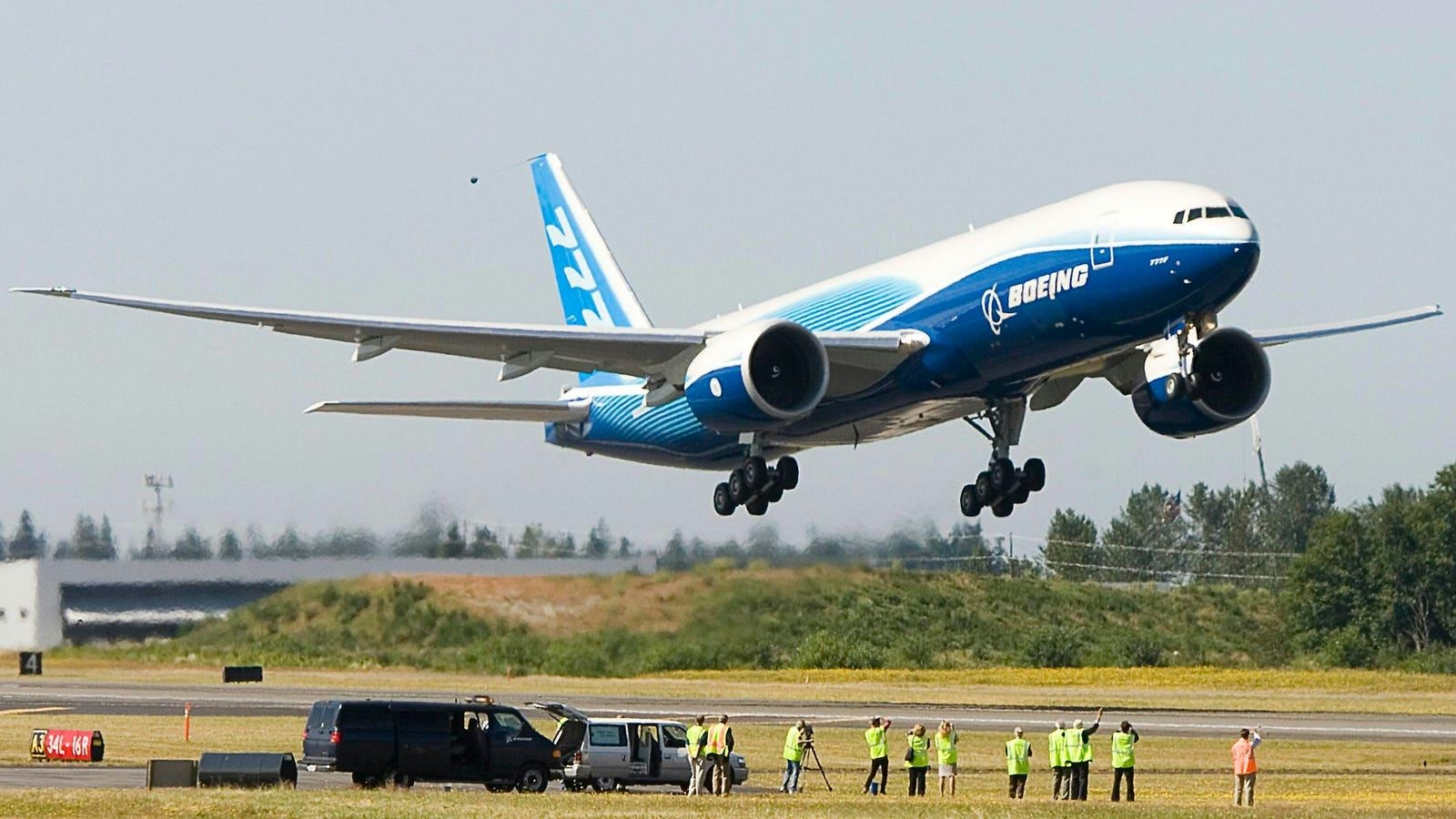
New Aircraft to Succeed the Boeing 777-200LR
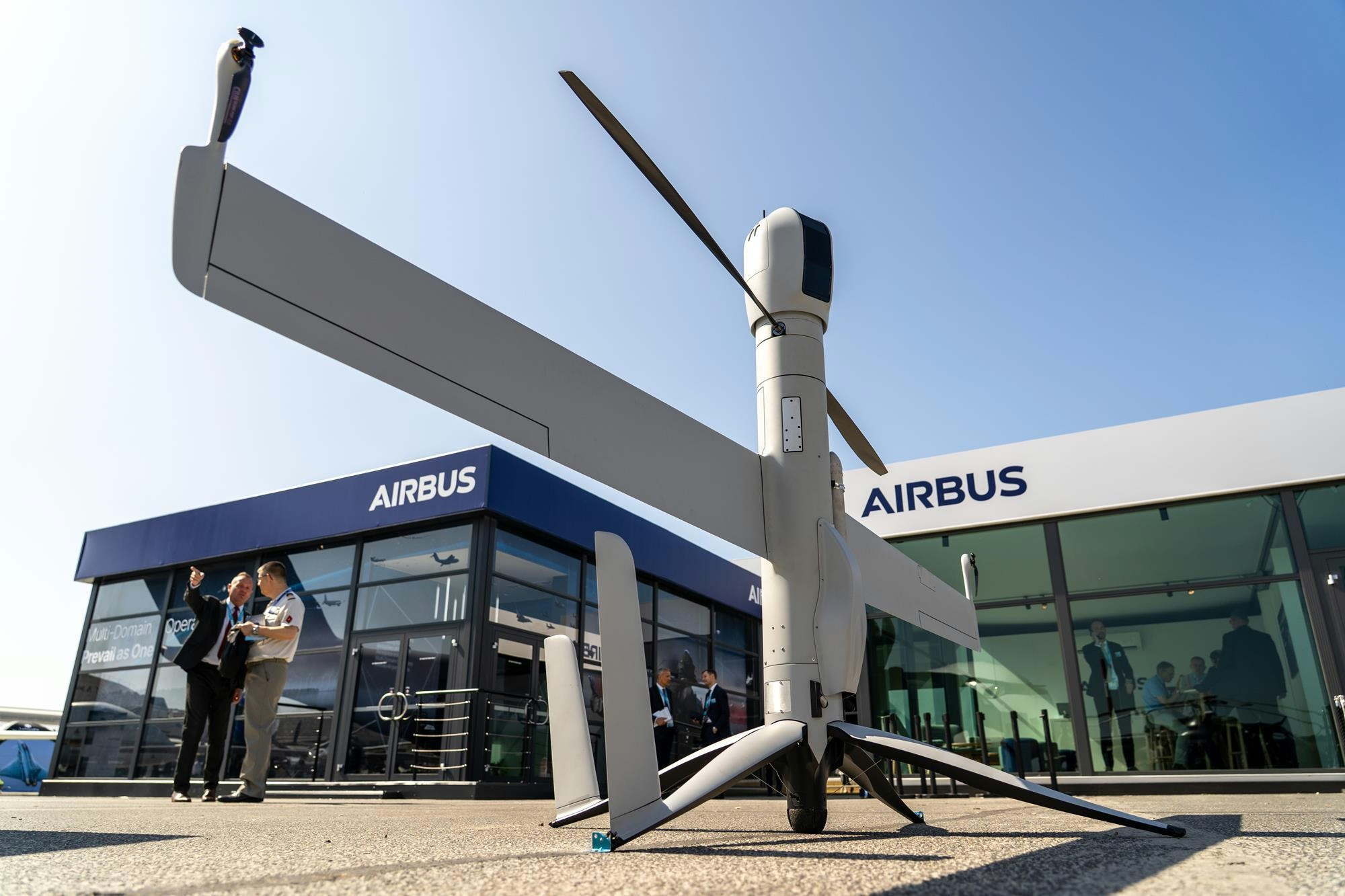
Uzbekistan Becomes First in Central Asia to Order Airbus Flexrotor Drones
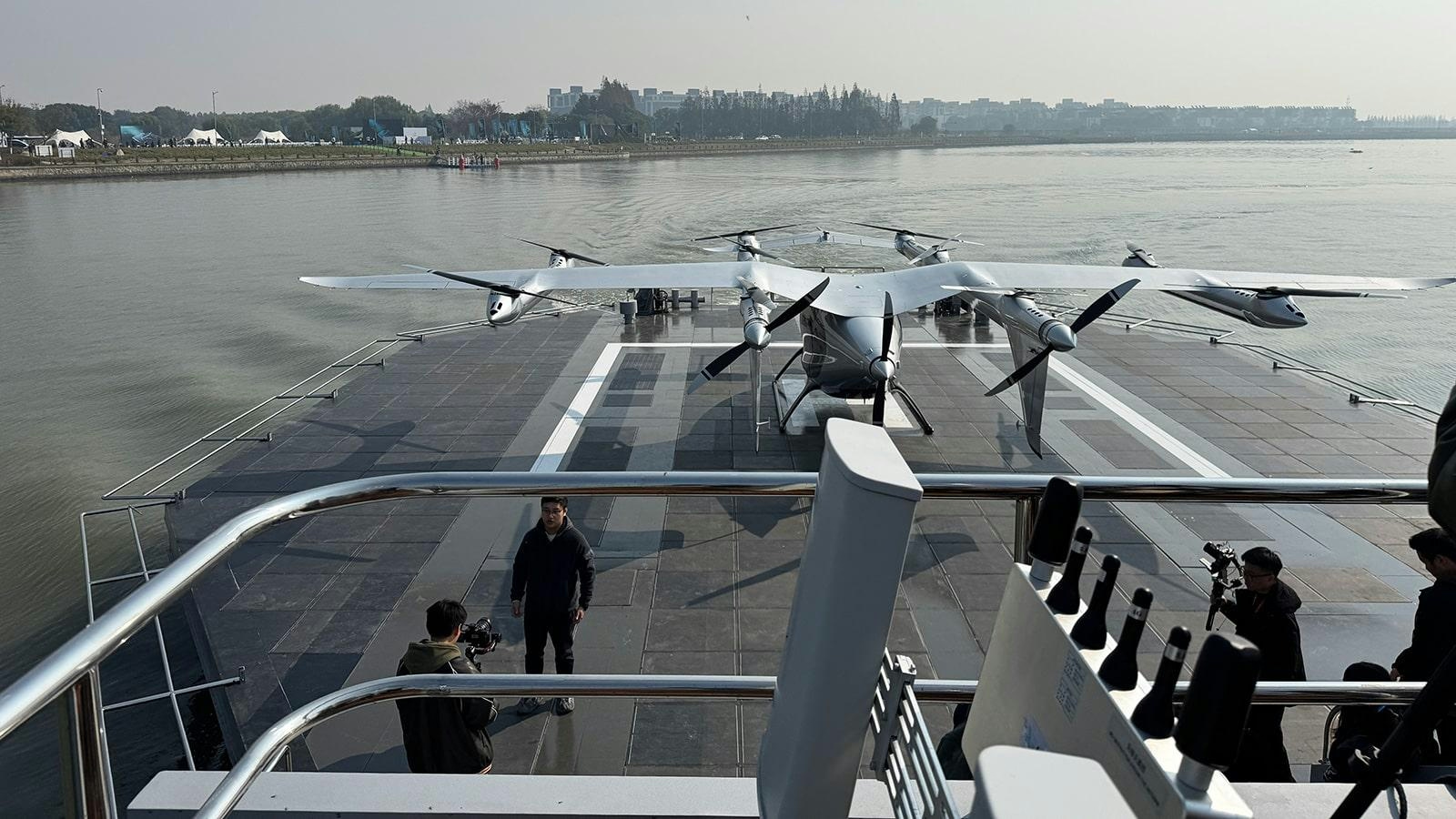
AutoFlight Unveils Zero-Carbon eVTOL Water Vertiport

SmallRig Partners with Photographer Chen Cheng to Advance Aerial Imaging

Aviation Lease Rates Hit Record High
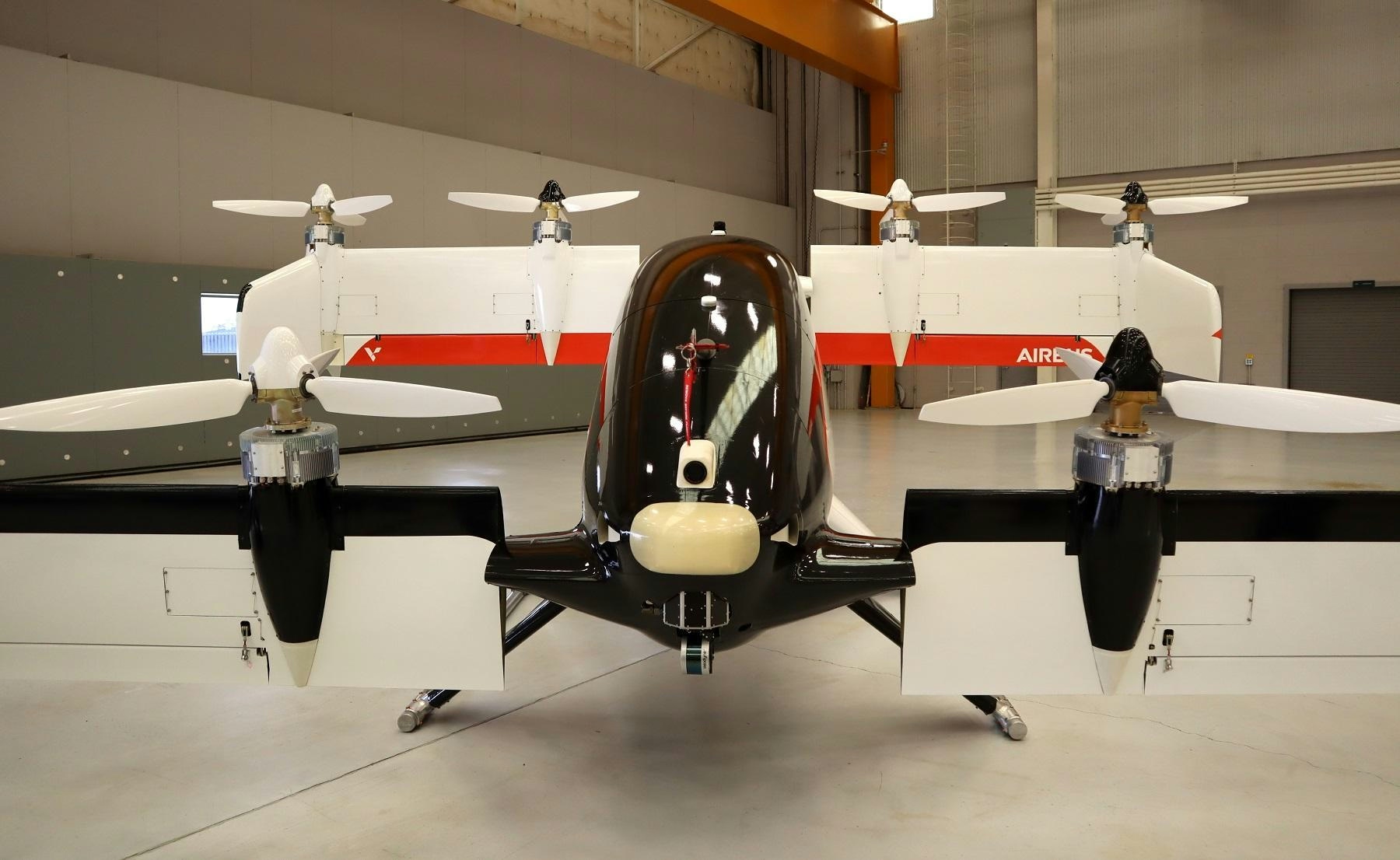
Inside a Four-Seater Flying Taxi Designed for Future Pilotless Flights
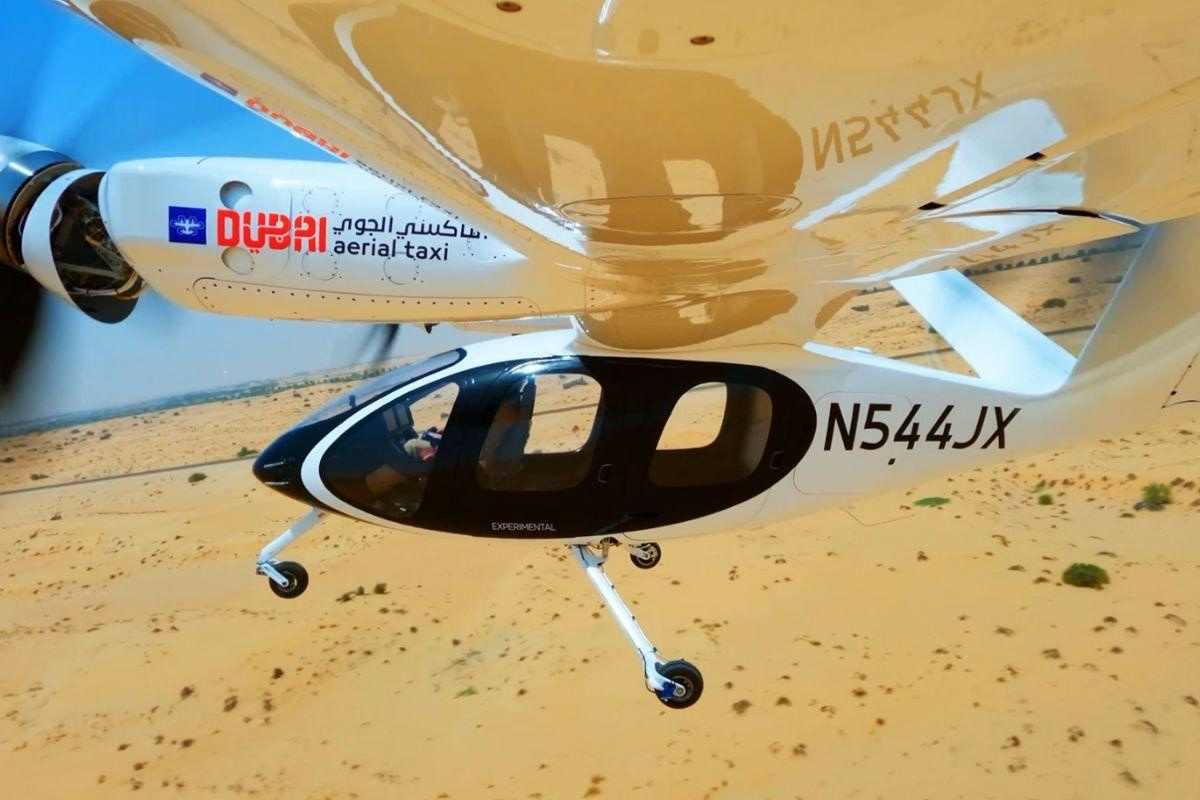
Dubai Prioritizes Public Safety Ahead of 2026 Air Taxi Launch
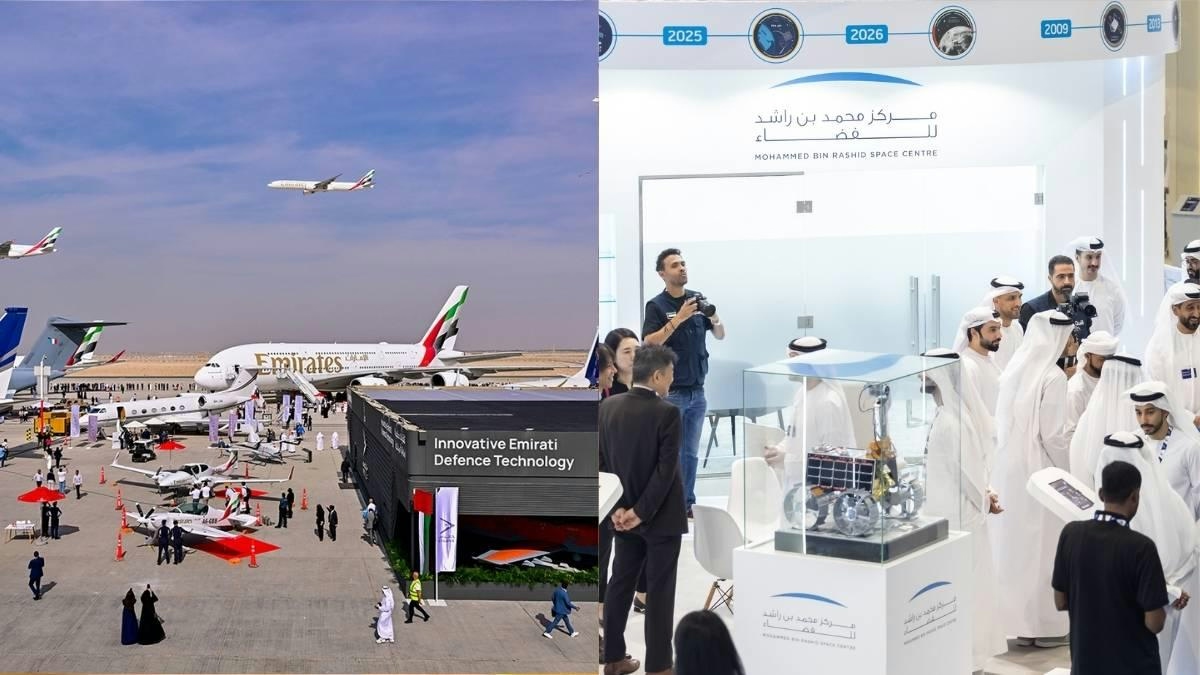
Emirates Airlines Unveils Major Initiatives at Dubai Airshow
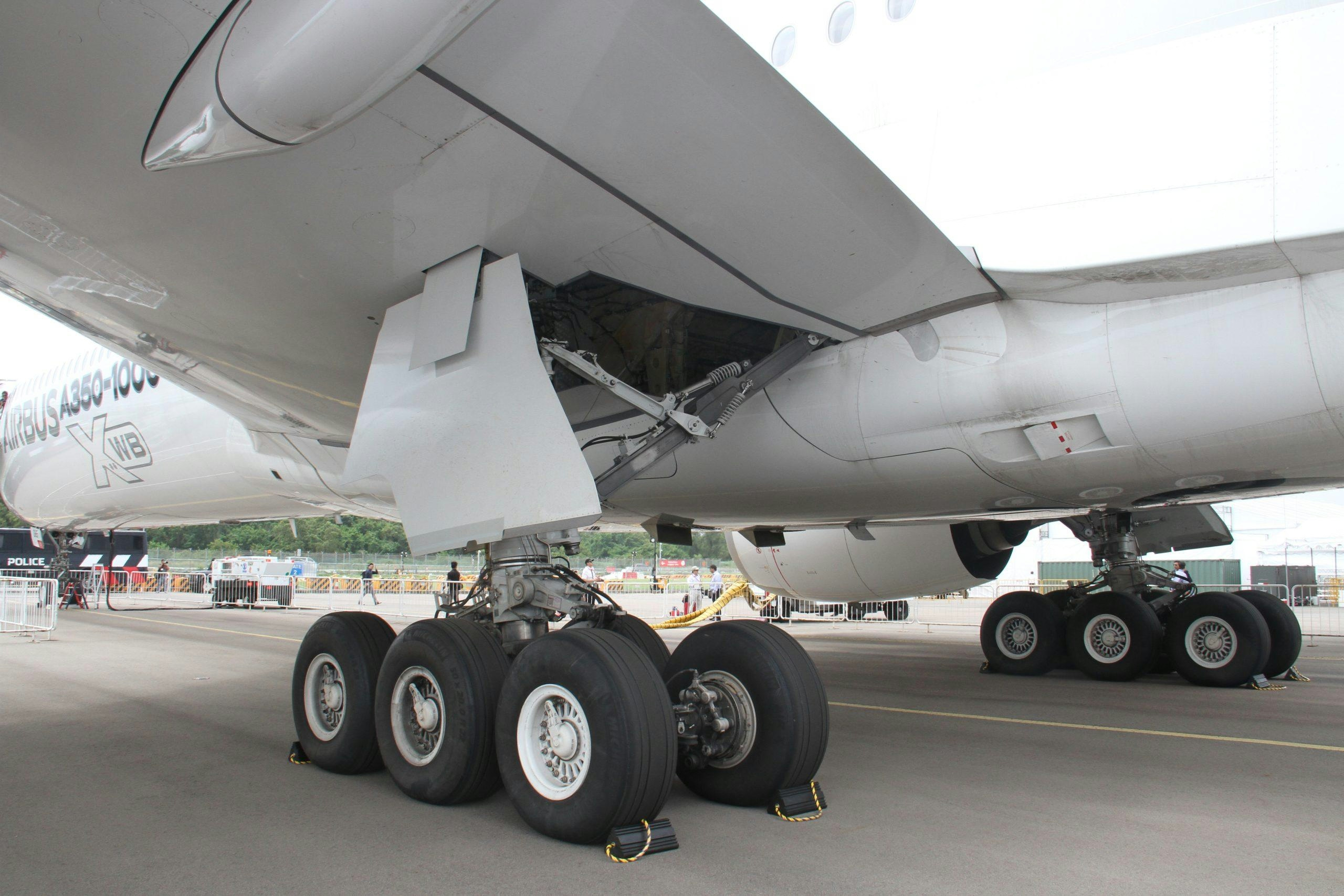
Why Airbus Markets the A350 as a Long-Range Leader
